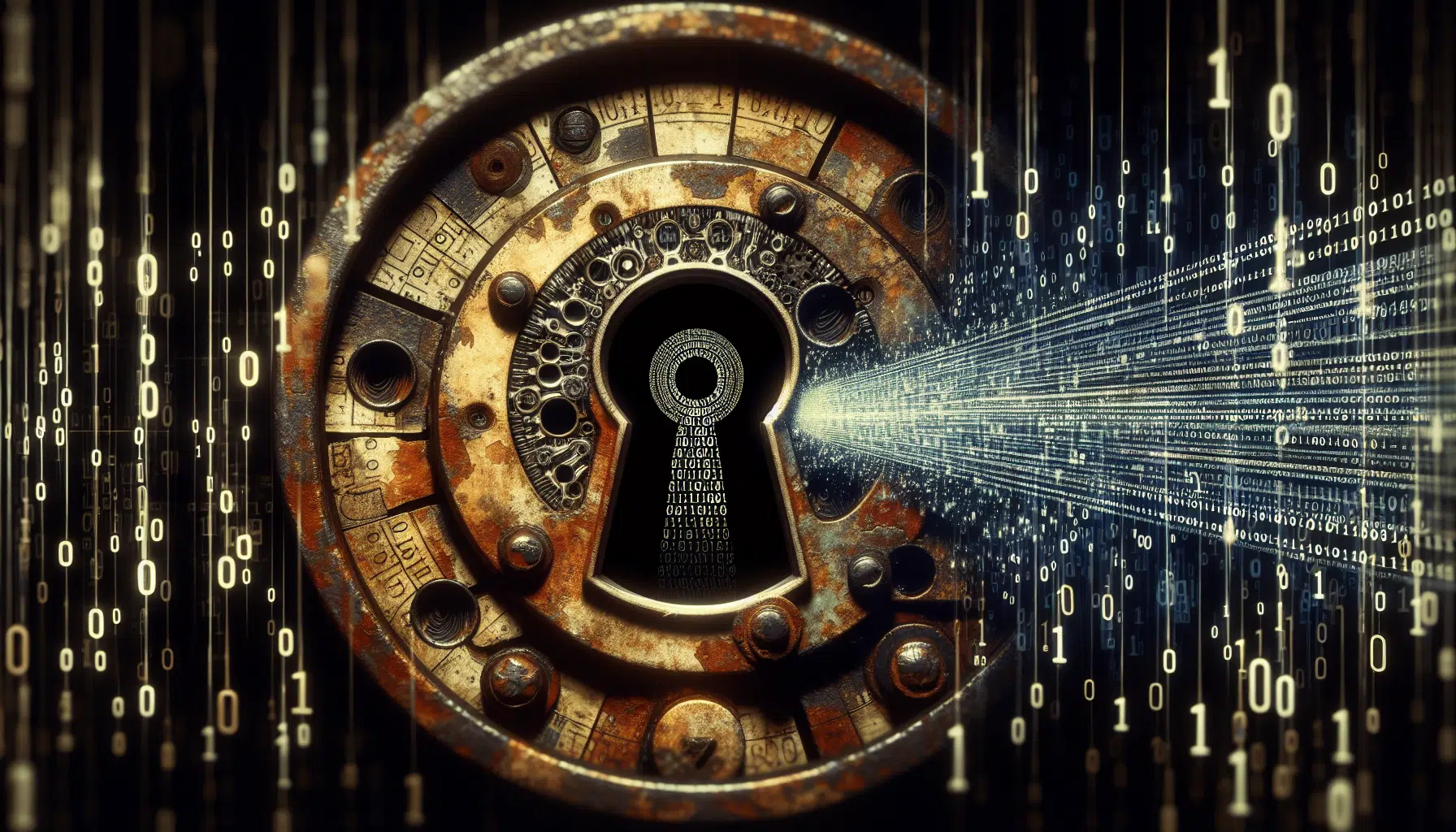Challenges of cybersecurity in the industrial sector

In an increasingly digitized world, cybersecurity in the industrial sector faces unprecedented challenges. Discover how threats are evolving and what strategies companies can adopt to protect their critical infrastructures and ensure the continuity of their operations. An essential journey through the current landscape of digital security in the industry.
Strategies to Mitigate Digital Risks in the Industry

In today’s increasingly connected world, industries face more complex and sophisticated cybersecurity challenges every day. Data protection, critical infrastructures, and communication systems have become a priority for companies looking to maintain their competitiveness and credibility in the market.
Identification of the Most Common Threats and Vulnerabilities
The first step for an effective cybersecurity strategy is the thorough identification of potential threats and vulnerabilities. Phishing attacks, ransomware, and malware outbreaks are just a few examples of the threats that afflict industries today. Additionally, the lack of security updates and insufficient employee training can exacerbate these vulnerabilities.
It is crucial to conduct regular security audits and implement software update policies to mitigate these risks. Furthermore, regular employee training can help recognize and report suspicious incidents, thereby strengthening an organization’s first line of defense.
Implementation of Advanced Technological Solutions
With advancements in technology, various solutions can help mitigate cybersecurity risks. The use of artificial intelligence, for example, allows for monitoring and automatically responding to suspicious activities in real-time. Tools such as data encryption and multi-factor authentication are also essential for reinforcing security.
Additionally, it is vital to have a robust backup infrastructure to ensure the integrity and availability of critical information, especially during a cybersecurity incident. Adopting standardized security protocols and certifications can provide an additional layer of credibility and security in data protection.
Collaboration and Regulatory Compliance
Collaboration between industries and regulatory bodies is essential for the development and implementation of regulations that support effective cybersecurity practices. Complying with these regulations is not only a legal obligation but also reinforces protection against cyberattacks.
Participating in cybersecurity forums and associations can also provide valuable resources and insights into best practices and emerging trends. For instance, attending specialized conferences and seminars offers opportunities to learn from experts and share experiences.
Monitoring and Quick Response to Incidents
Having an incident response plan is crucial, as even the best defenses can be compromised. A well-prepared and equipped incident response team is vital to contain and mitigate the damage of a cyberattack quickly and efficiently.
Constantly monitoring systems allows for the detection of irregularities that could indicate an ongoing attack. Specialized tools and services for incident detection and response, such as those discussed in cybersecurity reports, are fundamental for acting quickly against potential threats.
In conclusion, as the landscape of cyber threats continues to evolve, so too must the strategies to combat them. The implementation of advanced technologies, collaboration between organizations, and continuous education are just some of the strategies that industries can adopt to effectively protect themselves against digital risks. Through a combination of preparation, technology, and collaboration, companies can strengthen their cyber defense and ensure a safer and more resilient operational environment.
Impact of Cyber Attacks on Industrial Production

Cybersecurity has become a critical part of risk management in any industrial sector. With the rise of digitization, factories and production chains are more vulnerable to cyberattacks that can cause everything from minor disruptions to complete production shutdowns, resulting in significant losses for companies.
The Risks and Vulnerabilities in the Industry
Industrial production systems, often referred to as OT (Operational Technology), are increasingly connected to IT (Information Technology) networks, exposing them to new cyber risks. These systems include everything from process control software to sensors and automated machines. A successful attack can not only halt production but also cause physical damage to equipment or compromise the security of sensitive company data.
For example, in the energy sector, which is one of the most affected, the risks of cyberattacks go beyond data loss, threatening a country’s critical infrastructure. A recent analysis shows that this sector remains a primary target for cyberattacks, demonstrating the importance of adopting robust defense measures. More details on specific risks in this sector can be explored through a recent study published in Energía Hoy.
Main Types of Cyber Attacks in the Industry
The most common attacks in the industry include ransomware, where hackers encrypt the company’s data and demand a ransom for the decryption key. Another frequent method is phishing, through which employees are tricked into granting access to credentials and other sensitive data. There are also brute-force attacks, where attempts are made to guess the passwords of critical systems.
Protection Measures and Defense Strategies
To counter these risks, it is essential to implement a series of protection measures. These include network segmentation, where the IT network is separated from the OT network to limit the potential spread in case of an incident. Employee training and awareness regarding cyber threats also play a key role, minimizing the risk of human errors that could lead to security breaches.
Moreover, adopting advanced technologies like Artificial Intelligence can bring significant benefits. An example is the maritime sector, where the adoption of AI is driving innovations that include improvements in cybersecurity. Details about how AI is changing the landscape can be found in a publication from Interempresas.
Finally, collaboration between companies and governments to create regulations and standards in cybersecurity can facilitate the effective management of these risks. Regulation and international cooperation are essential, given that cyberattacks do not recognize borders and can affect any industry globally.
Understanding the impact that cyberattacks can have on industrial production not only helps mitigate risks but also prepares organizations to respond effectively and ensure resilience and business continuity in an increasingly digitized and connected environment.





